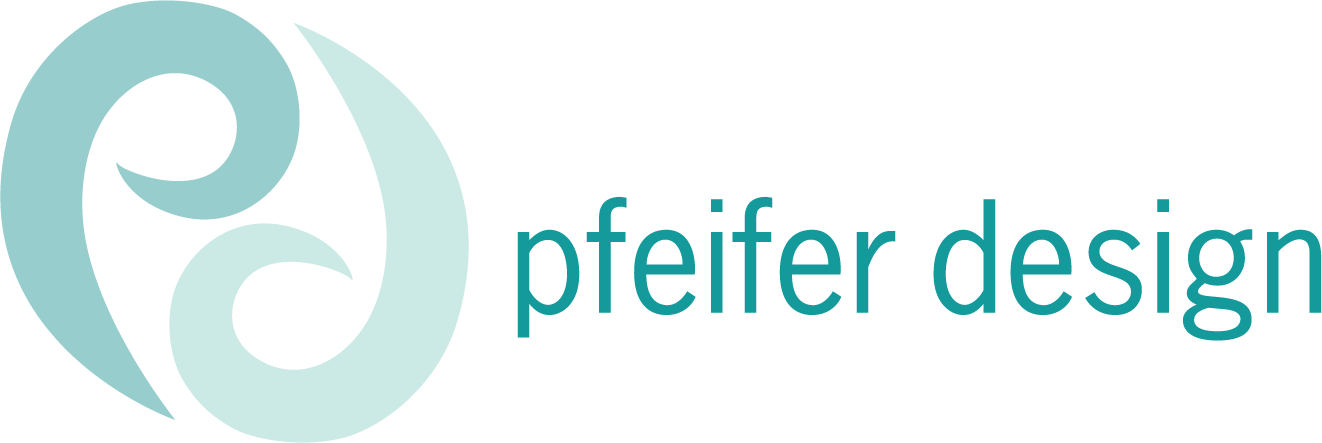Content Counts: Smart brand design gets attention, but well-crafted words keep it.
Your brand messaging is just as important as it’s imagery.
I’m a designer—but I end up reading a lot of content too. Websites, social posts, email copy, product descriptions, and book pages. And as much as I appreciate beautiful branding, the visuals won’t hold their own if the words don’t too. When I work with clients on branding, I always stress that a logo is just one small piece of the puzzle. It’s the combination of your visuals and the words you use to communicate that truly makes an impact on your audience.
Sometimes it’s because you’re too close to our own message, or haven’t looked at it from your audience’s point of view–considering their pain points and needs. Here’s what I often notice:
🚩 Headlines that don’t say what the reader gets
“Welcome to Our Site” isn’t a hook.
A good headline makes people think: Oh, this is for me.
🛠️ Instead - Lead with what matters to them
Don’t start with your credentials—start with their pain point or goal.
Example:
Before: “We offer high-quality service with 25 years of experience.”
After: “Tired of redoing work someone else rushed through? We fix that.”
🚩Vague offers or calls to action
The more general it sounds, the easier it is to ignore.
Clear and specific always wins.
🛠️ Instead - Be specific
General statements like “We help small businesses succeed” sound good, but they can be easily overlooked.
Try: “We help independent retailers improve their signage, packaging, and social presence—without a full rebrand.”
🚩Too much warm-up before the useful stuff
If the first sentence doesn’t earn attention, the rest won’t get read.
🛠️ Instead - Don’t bury the good stuff
That first line matters—whether it’s in a headline, an email, or a caption.
Start with something clear, useful, or unexpected. If it reads like filler, skip it.
Before: “Welcome! We’re so glad you found us. Our company was founded on the belief that thoughtful design can make a difference. Over the years, we’ve worked with businesses of all sizes to create meaningful, high-quality visuals. Whether you’re refreshing your brand or starting from scratch, we’re here to help.”
After: “Your brand has 3 seconds to make an impression—design can make that count. We help small businesses create visuals that are clear, consistent, and worth remembering.”
The after version gets straight to what the reader cares about and what they’ll get out of working with you—no filler, no fluff.
Have I caught myself doing these things? Definitely. That’s why a second set of eyes can make such a difference—helping you see what your audience sees, not just what you meant to say. This is the kind of thing I watch for in client work: websites, flyers, posts—wherever your message shows up. If the words aren’t pulling their weight, I’ll let you know (gently). And yes, I notice the typos too. 😉
Get to the point, but stick to your brand voice. I’ll admit—I tend to overwork my own writing because I want it to sound sincere, not salesy. I’ve never been a fan of the typical “marketing voice,” and I know some of my clients feel the same way. That said, some people do love a slick, polished message—and that’s totally valid if it fits their brand.
So how do you avoid that overly “marketing-y” feel? For me, it’s about writing like I’d speak to a real person—being specific, thoughtful, and never pushy. You can still guide people or share an offer without sounding like a sales pitch. If something feels too slick, I usually take that as a cue to simplify.
Want more of these quick tips in future issues? Let me know - I’ve got a few more I’d love to share!
Need a second opinion on something you’re putting out into the world? I offer content and design reviews as a service, and am happy to chat. Get in touch!

